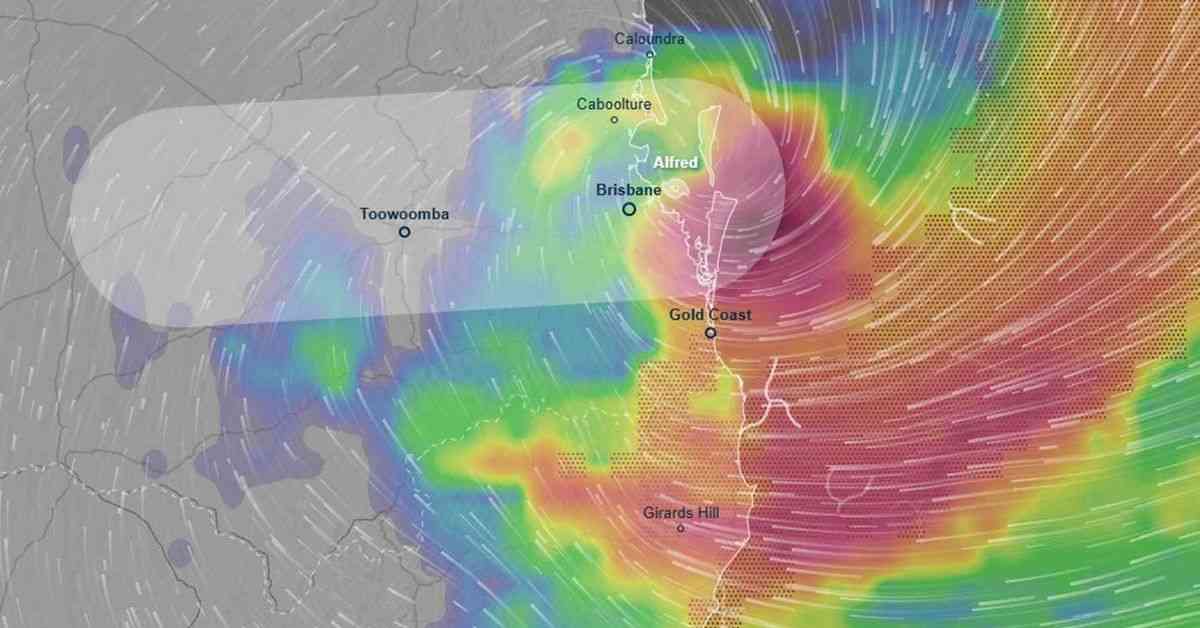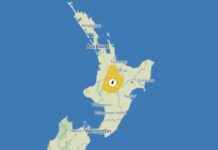In the aftermath of Tropical Cyclone Alfred, which has now been downgraded to a tropical low, over 250,000 homes in Queensland are currently facing power outages. The Bureau of Meteorology explains that the key difference between a tropical low and a tropical cyclone lies in the wind speed, with tropical lows typically having lower wind speeds but still capable of bringing severe thunderstorms and heavy rainfall. Despite the impact of the storm, there have been no reports of missing persons or deaths in the affected areas, which has been deemed a positive outcome by Acting Commissioner Shane Chelepy.
Impact of the Storm
As the storm passed through Queensland, several homes were damaged, and an apartment block in Labrador on the Gold Coast was affected, leading to the evacuation of 21 individuals. Police are closely monitoring the situation, particularly with concerns about potential flash flooding that could catch motorists unaware. Queenslanders are being urged to exercise caution and make safe decisions to prevent any loss of life as the region faces the threat of rapid flooding.
Premier David Crisafulli has emphasized the importance of reconnecting power to essential infrastructure as quickly as possible. The Gold Coast University Hospital, among other key facilities, is currently relying on generators after losing mains power. The state is facing a significant challenge with a quarter of a million homes without electricity, marking one of the largest power outages in over a decade. The government is mobilizing resources, with 1200 staff from Energex and 800 Ergon workers joining the effort to restore power to affected areas.
Weather Forecast and Future Outlook
Bureau of Meteorology general manager Matt Collopy has provided insights into the expected trajectory of ex-tropical cyclone Alfred, stating that it is anticipated to move inland within the next 12 to 24 hours. The system is projected to head north of Toowoomba by evening, maintaining a severe weather warning across the south-east region. The primary concerns revolve around intense rainfall and damaging wind gusts, with the potential for localized heavy showers and thunderstorms as the system progresses inland.
Premier Crisafulli has acknowledged the ongoing challenges posed by the weather conditions and urged Queenslanders to remain vigilant. While there are still obstacles to overcome, such as the impending rainfall, he expressed gratitude for the lack of reported storm tide inundation in homes thus far. The concerted efforts of emergency services and utility workers are essential in addressing the aftermath of the storm and ensuring the safety and well-being of residents across the affected areas.

















